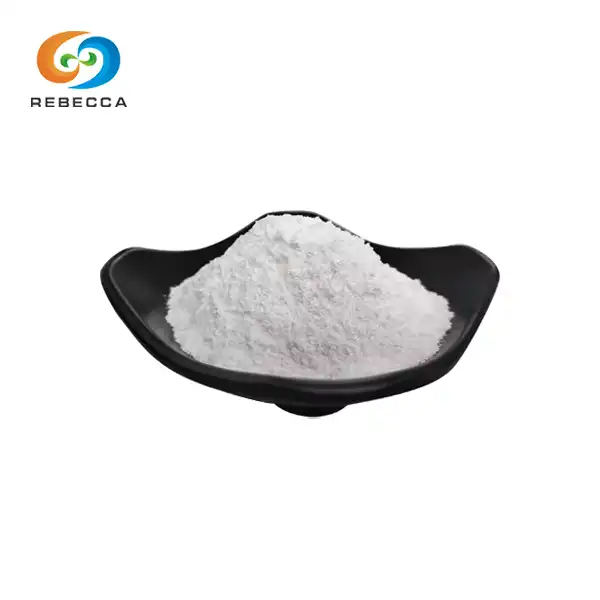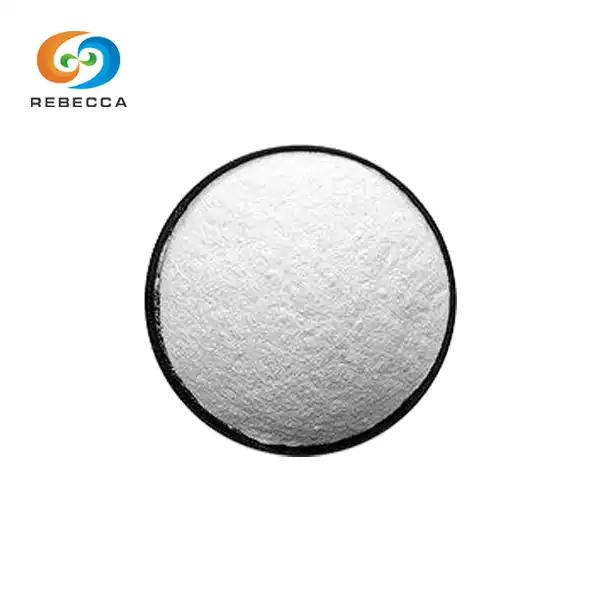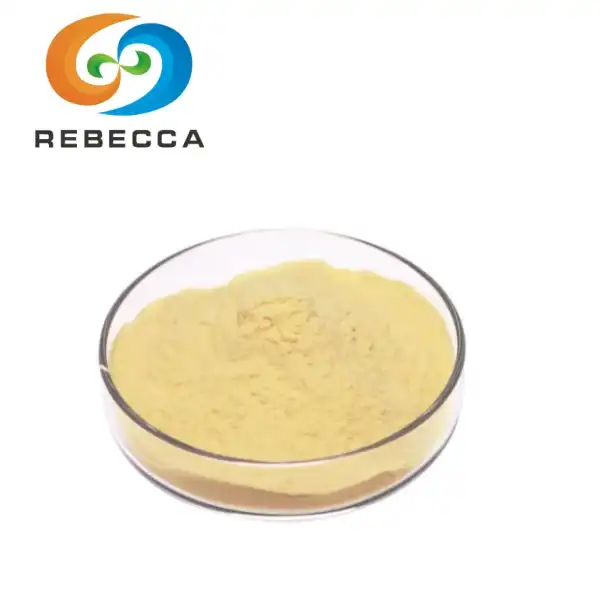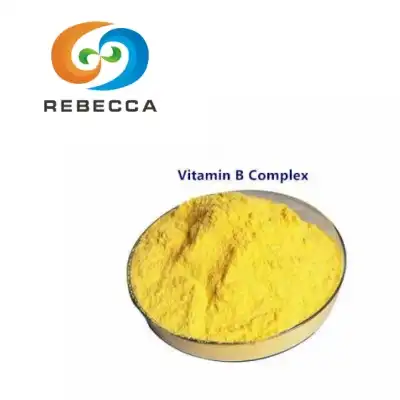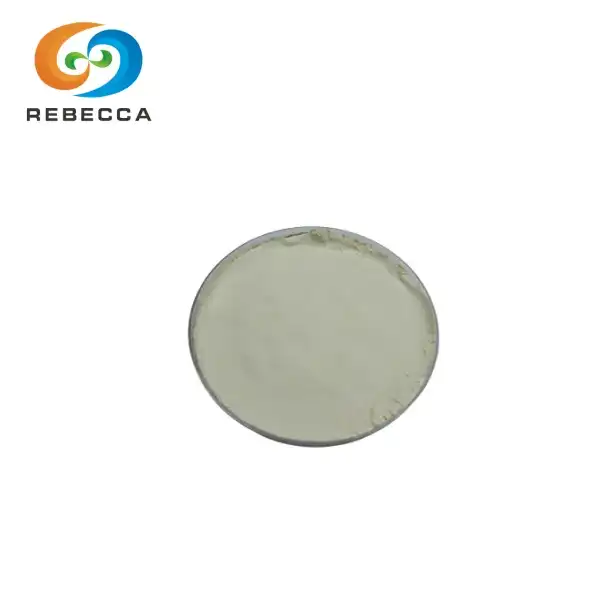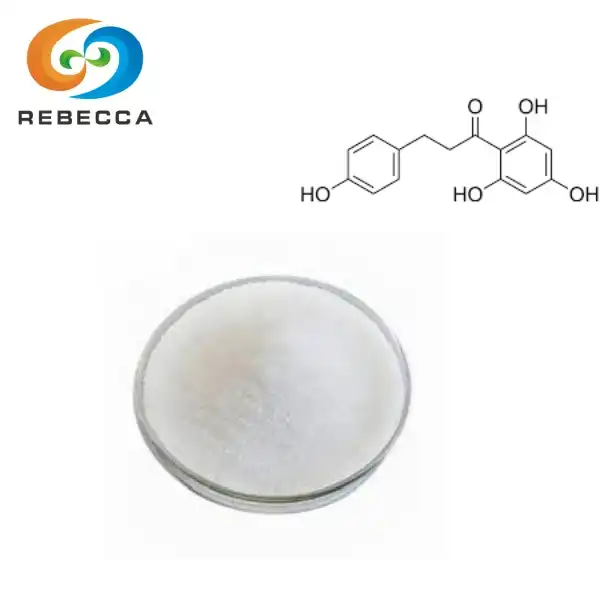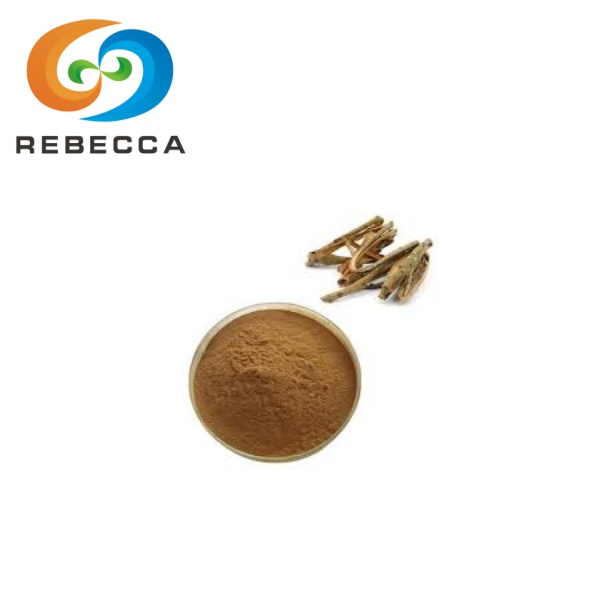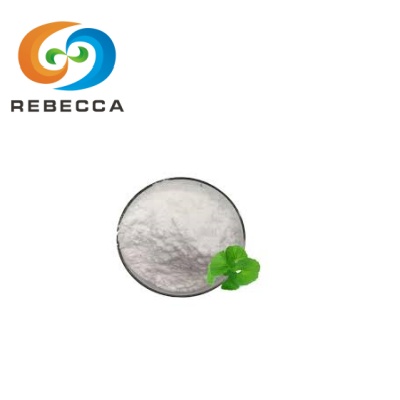Measuring curcumin solubility: protocols and detection methods
Measuring curcumin solubility is crucial for researchers and manufacturers working with curcumin extract powder. This powerful compound, derived from turmeric, has gained significant attention due to its potential health benefits. However, its low solubility in water poses challenges for formulation and bioavailability. This article explores various protocols and detection methods used to accurately measure curcumin solubility, enabling professionals to optimize their products and research outcomes.
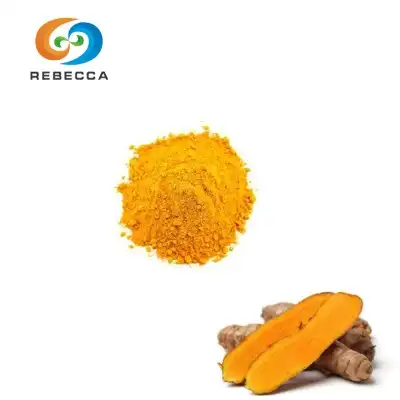
【English name】: Curcumin
【Latin Name】: Curcuma longa L.
【CAS No.】: 458-37-7
【Molecular Formula】: C21H20O6
【active ingredients】: Curcumin, demethoxycurcumin, bisdemethoxycurcumin.
【Specification】: 10%~ 95% CP/EP/USP
【Use Part】 : Subterranean rhizome
【Appearance】: Orange yellow powder
【Mesh size】:80 Mesh
【Test Method】: HPLC
HPLC analysis: Gold standard for curcumin quantification
High-Performance Liquid Chromatography (HPLC) stands as the gold standard for curcumin quantification, offering unparalleled accuracy and reliability. This analytical technique separates, identifies, and quantifies curcumin and its related compounds in complex mixtures, making it invaluable for researchers and quality control specialists in the nutraceutical industry.
Optimizing HPLC parameters for curcumin detection
To achieve optimal curcumin detection, several HPLC parameters require careful consideration. The mobile phase composition typically consists of acetonitrile and water or methanol and water, with the addition of acetic acid to enhance peak resolution. A C18 reverse-phase column is commonly used, with a column temperature maintained around 30°C. The flow rate is usually set between 0.8-1.2 mL/min, and detection is often performed at a wavelength of 425 nm, where curcumin exhibits maximum absorption.
Sample preparation techniques for HPLC curcumin analysis
Proper sample preparation is crucial for accurate HPLC analysis of curcumin. The process typically involves dissolving the curcumin extract powder in an appropriate solvent, such as methanol or ethanol. Sonication may be employed to ensure complete dissolution. Filtration through a 0.45 μm membrane filter removes any particulate matter that could interfere with the analysis. For complex matrices, additional steps like liquid-liquid extraction or solid-phase extraction may be necessary to isolate curcumin from other compounds.
Interpreting HPLC data: Curcumin solubility insights
HPLC data provides valuable insights into curcumin solubility. The chromatogram displays distinct peaks for curcumin and its derivatives, with peak areas correlating to their concentrations. By comparing these peak areas to those of standard solutions, researchers can accurately determine curcumin content. This quantitative information allows for precise calculations of solubility in various solvents and under different conditions, essential for formulation development and quality control in the nutraceutical industry.
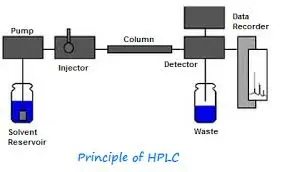
UV-Vis spectroscopy: Quick curcumin solubility assessment
While HPLC offers high precision, UV-Visible spectroscopy provides a rapid and accessible method for assessing curcumin solubility. This technique capitalizes on curcumin's strong absorption in the visible spectrum, allowing for quick quantification without extensive sample preparation or sophisticated equipment.
UV-Vis calibration curves for curcumin quantification
Creating accurate calibration curves is essential for UV-Vis spectroscopy of curcumin. Standard solutions of known concentrations are prepared using pure curcumin or certified reference materials. Absorbance measurements are taken at the maximum absorption wavelength, typically around 425-430 nm. The resulting calibration curve should exhibit linearity over the concentration range of interest, enabling reliable quantification of unknown samples.
Solvent effects on curcumin UV-Vis absorption spectra
The choice of solvent significantly impacts the curcumin extract powder's UV-Vis absorption spectrum. Polar solvents like ethanol or methanol generally yield higher absorbance values compared to non-polar solvents. pH also plays a crucial role, with alkaline conditions causing a bathochromic shift in the absorption maximum. Researchers must account for these solvent effects when developing analytical methods and interpreting results, ensuring accurate solubility assessments across different formulations.
Rapid screening of curcumin solubility using UV-Vis
UV-Vis spectroscopy enables rapid screening of curcumin extract powder solubility in various solvents and under different conditions. This approach is particularly valuable for preliminary studies and formulation development. By measuring absorbance at different time points, researchers can assess dissolution kinetics and stability. This quick method allows for efficient optimization of solubilization strategies, such as the use of cyclodextrins or surfactants, to enhance curcumin's solubility and potential bioavailability.

Comparing solubility measurement techniques: Pros and cons
When it comes to measuring curcumin solubility, researchers and quality control professionals have several techniques at their disposal. Each method offers unique advantages and limitations, making it essential to choose the most appropriate approach based on specific research or production needs.
HPLC vs. UV-Vis: Accuracy and time considerations
HPLC and UV-Vis spectroscopy represent two popular methods for curcumin extract powder solubility assessment, each with distinct strengths. HPLC excels in accuracy and specificity, capable of separating and quantifying individual curcuminoids. This precision is crucial for regulatory compliance and detailed research studies. However, HPLC analysis requires more time, specialized equipment, and expertise.
On the other hand, UV-Vis spectroscopy offers rapid results with simpler instrumentation. It's ideal for high-throughput screening and routine quality control. While less specific than HPLC, UV-Vis provides adequate accuracy for many applications, especially when working with pure curcumin extract powder. The choice between these methods often depends on the required level of precision and available resources.
Choosing the right technique for your curcumin research
Selecting the appropriate solubility measurement technique depends on various factors. For routine quality control of curcumin extract powder, UV-Vis spectroscopy may suffice, offering quick results with minimal sample preparation. When higher precision or separation of curcuminoids is necessary, HPLC becomes the method of choice.
Researchers exploring curcumin's behavior in complex matrices or studying its metabolites might opt for NMR or mass spectrometry. These advanced techniques provide deeper insights but require greater investment in equipment and expertise. Ultimately, the choice should align with the specific goals of the research or production process, balancing accuracy, speed, and resource availability.
Accurate measurement of curcumin solubility is fundamental for advancing research and product development in the nutraceutical industry. HPLC remains the gold standard for precise quantification, while UV-Vis spectroscopy offers a rapid screening option. Emerging techniques like NMR and mass spectrometry provide advanced analytical capabilities for complex studies. By understanding the strengths and limitations of each method, researchers and manufacturers can optimize their approach to curcumin analysis, ultimately contributing to the development of more effective and bioavailable curcumin-based products.
China Curcumin Extract Powder Supplier
Shaanxi Rebeccia stands at the forefront of curcumin powder production, leveraging state-of-the-art extraction and purification technologies. Our facility operates under stringent GMP and ISO standards, ensuring consistent, high-quality curcumin products. We offer curcumin extract powder with specifications ranging from 10% to 95% curcuminoids, meeting CP/EP/USP standards. Rigorous quality control measures, including HPLC analysis, guarantee the purity and potency of our curcumin extract. For researchers and manufacturers seeking premium curcumin powder (CAS No. 458-37-7) with reliable batch consistency and comprehensive documentation, contact us at information@sxrebecca.com. Shaanxi Rebeccia is committed to supporting your curcumin-based product development with our expertise and quality assurance.
References
- Anand, P., et al. (2007). Bioavailability of curcumin: problems and promises. Molecular Pharmaceutics, 4(6), 807-818.
- Priyadarsini, K. I. (2014). The chemistry of curcumin: from extraction to therapeutic agent. Molecules, 19(12), 20091-20112.
- Jayaprakasha, G. K., et al. (2002). Improved HPLC method for the determination of curcumin, demethoxycurcumin, and bisdemethoxycurcumin. Journal of Agricultural and Food Chemistry, 50(13), 3668-3672.
- Kharat, M., et al. (2017). Physical and chemical stability of curcumin in aqueous solutions and emulsions: Impact of pH, temperature, and molecular environment. Journal of Agricultural and Food Chemistry, 65(8), 1525-1532.
- Thorat, A. A., & Dalvi, S. V. (2015). Particle formation pathways and polymorphism of curcumin induced by ultrasound and additives during liquid antisolvent precipitation. CrystEngComm, 17(36), 7072-7081.
- Liu, W., et al. (2016). Oral bioavailability of curcumin: problems and advancements. Journal of Drug Targeting, 24(8), 694-702.
